Staining And Re-Finishing Furniture- 40+ Pro Tips

by
Meranda Devan @ Hersite
(IC: homeowner)
We have all come across that piece of furniture that has so much potential. The finish is dull, the veneer is chipped, and we imagine how it would look in a new vibrant stain. So we contemplate stripping and re-finishing it. How hard is it? Can I do it myself, and at what point do I call a professional?
- Heat Guns Also Can Release Harmful Vapors In The Paint ” The disadvantage of using heat is that it can be dangerous because of accidental combustion and harmful vapors. Also, you may still have to sand when you’re done. Neither of these first two methods, mechanical or heat, should be used if any of the paint you’re removing could be 30 years old or more since it’s likely to contain lead.” Bob Villa In this case ALWAYS wear a respirator designed for paint fumes.
Enjoyed the project?
Published June 2nd, 2014 3:17 PM



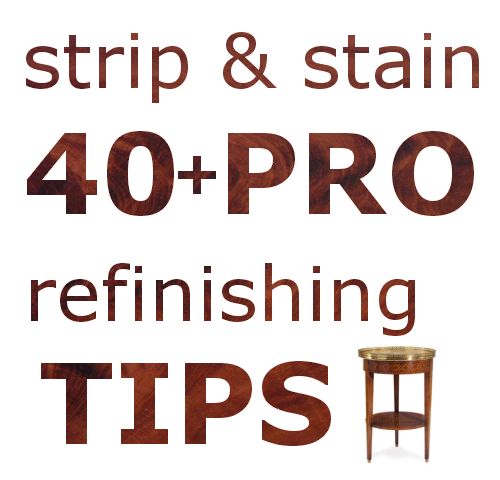


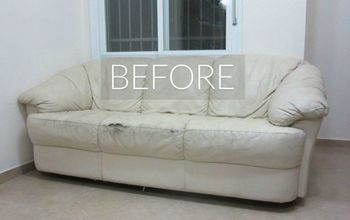




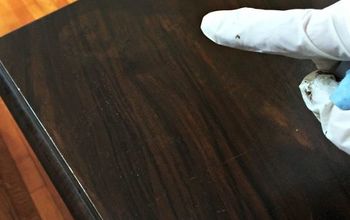






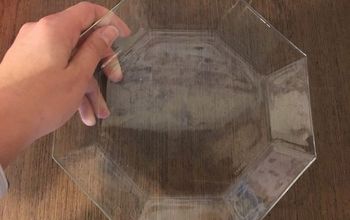




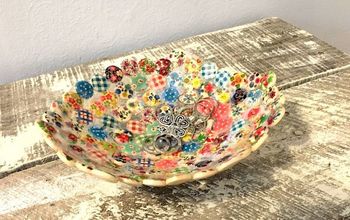

Frequently asked questions
Have a question about this project?